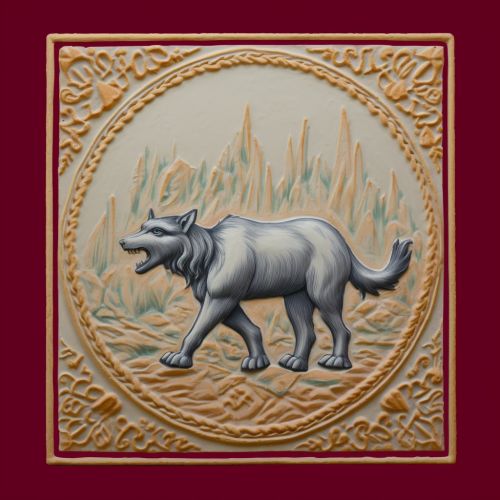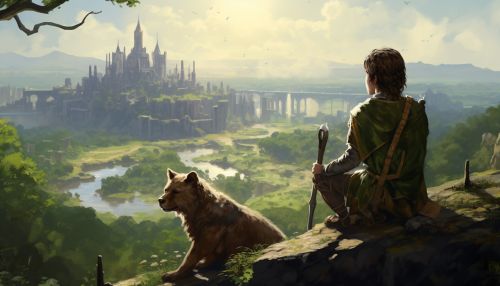Romulus and Remus
Origins
The story of Romulus and Remus is deeply intertwined with the origins of the ancient city of Rome. According to the Roman mythology, they were the twin sons of the god Mars and the priestess Rhea Silvia, descendants of the Trojan prince Aeneas, and the founders of Rome.


Rhea Silvia, their mother, was the daughter of Numitor, king of Alba Longa, an ancient city of Latium in central Italy. Numitor's brother, Amulius, seized the throne and forced Rhea Silvia to become a Vestal Virgin, a priestess of the goddess Vesta, in order to prevent her from giving birth to potential heirs to the throne. However, Mars, the god of war, seduced or raped Rhea Silvia, and she gave birth to Romulus and Remus.
Discovery and Childhood
Amulius, upon discovering the birth of the twins, ordered them to be thrown into the Tiber River to drown, fearing that they would grow up to overthrow him. However, the servant who was given the task of disposing of the twins could not bring himself to do it and instead placed them in a basket on the river. The river-god Tiberinus calmed the waters, and the basket in which the boys were placed floated down the river and came to rest at the site of the future Rome, near the Ficus Ruminalis, a sacred fig tree.
A she-wolf discovered the boys and suckled them, while a woodpecker fed them. Eventually, they were found by a shepherd named Faustulus, who took them in and raised them with his wife, Acca Larentia. The boys grew up to be shepherds like their adoptive father, unaware of their royal lineage.
Founding of Rome
As young men, Romulus and Remus became natural leaders. After discovering their true heritage, they killed Amulius and reinstated their grandfather, Numitor, as king of Alba Longa. However, rather than remaining in Alba Longa, the twins decided to establish a city of their own.


They returned to the place where they had been abandoned as infants, the site where Rome now stands. However, a dispute arose between them over the location of the new city. Romulus preferred the Palatine Hill, while Remus favored the Aventine Hill. The disagreement escalated into a fight, during which Romulus killed Remus.
Romulus then went on to found the city, which he named Rome after himself. He became its first king and established many of its institutions of government. Romulus ruled for many years until one day, he mysteriously disappeared in a storm. The Romans believed that he had been taken up to the heavens by his father, Mars, and that he was to be worshipped as the god Quirinus.
Legacy
The story of Romulus and Remus has been a central part of Roman mythology since the earliest times. It has been represented in literature and art, and it has been used to explain the origins of the Roman people and their cultural practices. The image of the she-wolf suckling the twins has been a symbol of Rome for centuries and is still seen in various forms in modern Italy.
